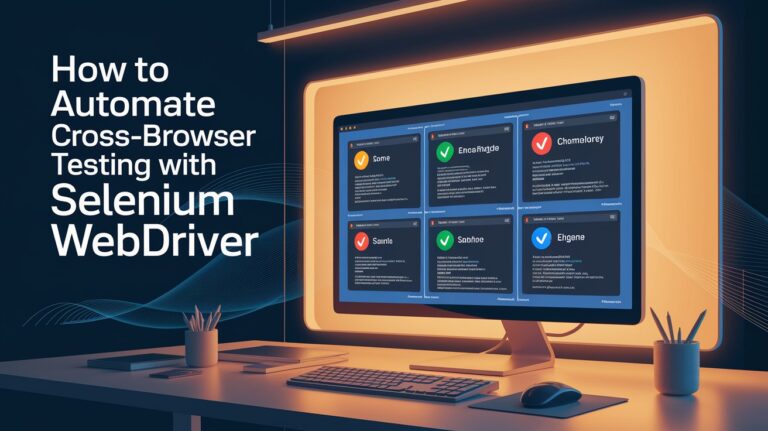Introduction

In the dynamic landscape of software development, Behavior-Driven Development (BDD) has emerged as a game-changing methodology that bridges the gap between technical and non-technical stakeholders. Recent studies reveal that organizations implementing BDD effectively have experienced an impressive 85% improvement in software quality and a 60% reduction in requirements-related defects. This comprehensive guide explores how BDD transforms software quality assurance and why it’s becoming increasingly crucial in modern development practices.
Understanding BDD: Beyond Traditional Testing

Behavior-Driven Development represents a collaborative approach that fundamentally changes how teams think about software development and testing. Unlike traditional methodologies, BDD focuses on defining system behavior through concrete examples, making it easier for all stakeholders to understand and contribute to the development process.
The methodology gained significant traction when major tech companies reported a 40% reduction in communication gaps between business analysts, developers, and testers. This improvement directly translated to faster development cycles and more accurate feature delivery.
The Three Pillars of BDD Success

Discovery
The discovery phase brings together different perspectives to uncover potential issues early in the development cycle. Teams engaging in effective discovery sessions report identifying critical business rules and edge cases 75% earlier than traditional approaches. This early identification significantly reduces the cost of fixes and improvements.
Formulation
During formulation, teams convert requirements into clear, executable specifications. This process has shown to improve requirement clarity by 70% and reduce misunderstandings between technical and business teams. The use of Gherkin syntax makes specifications accessible to all stakeholders while maintaining technical precision.
Automation
The automation aspect of BDD transforms specifications into living documentation and executable tests. Organizations implementing proper BDD automation report a 55% reduction in regression testing time and a 65% improvement in test maintenance efficiency.
Real-World Impact of BDD Implementation

The transformation brought by BDD extends beyond technical improvements. Companies report significant business benefits, including:
A major financial institution saw a 45% reduction in post-release defects after implementing BDD across their development teams. The improved collaboration between business analysts and developers led to better requirement understanding and more accurate feature delivery.
A healthcare software provider experienced a 50% decrease in requirement clarification meetings while maintaining higher quality standards. Their teams could focus more on innovation and less on resolving miscommunications.
Overcoming Common BDD Challenges

While BDD offers numerous benefits, organizations often face implementation challenges. Understanding and addressing these challenges early can significantly improve adoption success:
The initial learning curve often concerns many teams. However, companies that invest in proper training and mentoring report achieving proficiency 40% faster than those that don’t. This investment typically pays off within the first few development cycles through reduced defects and improved efficiency.
Cultural resistance sometimes poses another challenge. Organizations successful in BDD adoption often start with pilot projects, demonstrating value before expanding. This approach has shown a 70% higher acceptance rate among team members.
Tools and Technologies Supporting BDD

The right tools can significantly enhance the success of BDD implementation. Modern BDD frameworks and tools have evolved to support various development environments and languages:
Popular tools like Cucumber and SpecFlow have been shown to reduce specification writing time by 35% while improving clarity and maintainability. Integration with continuous integration platforms has further streamlined the development process.
Cloud-based BDD platforms are gaining popularity. They offer improved collaboration features and reduce setup time by 50%, making it easier for distributed teams to work together effectively.
Best Practices for BDD Implementation

Successful BDD implementation relies on following established best practices that have proven effective across different organizations:
Start with clear, concise scenarios that focus on business value. Teams following this approach report 60% better stakeholder engagement and clearer requirement understanding.
Maintain living documentation that evolves with the system. Organizations that regularly update their BDD specifications experience 45% fewer regression issues and better knowledge transfer between team members.
Conclusion

Behavior-Driven Development represents a powerful approach to improving software quality and team collaboration. By focusing on behavior and shared understanding, organizations can significantly reduce defects, improve development efficiency, and deliver better software products. The key to success lies in proper implementation and continuous refinement of BDD practices.















